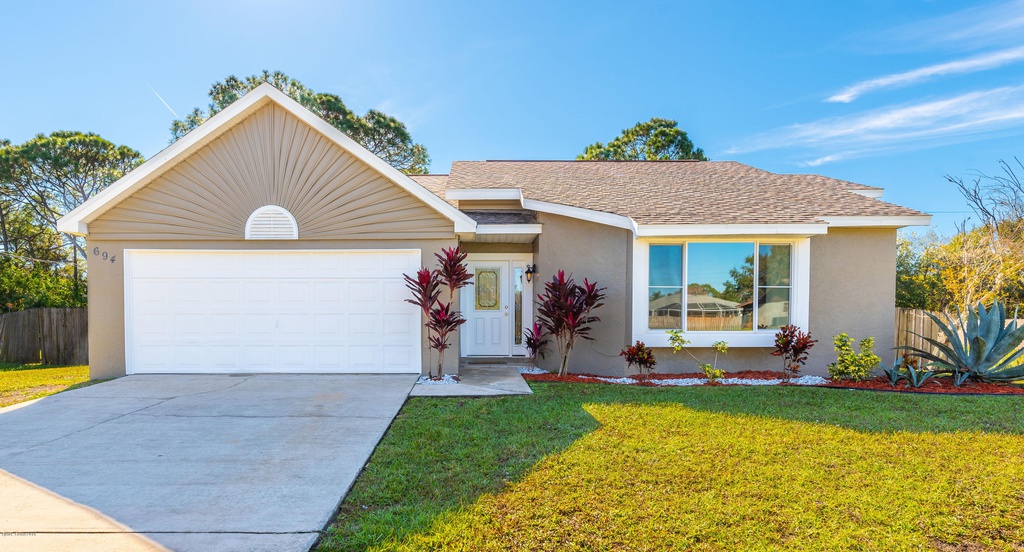
Eco-friendly landscaping in Palm Bay Florida doesn’t require expert-level skills or knowledge. It’s easy to create a beautiful, low-maintenance outdoor space that’s also beneficial to Florida’s environment. By using a few of these simple tips, you can save time, money, and energy while creating a better future.
Location, Location, Location
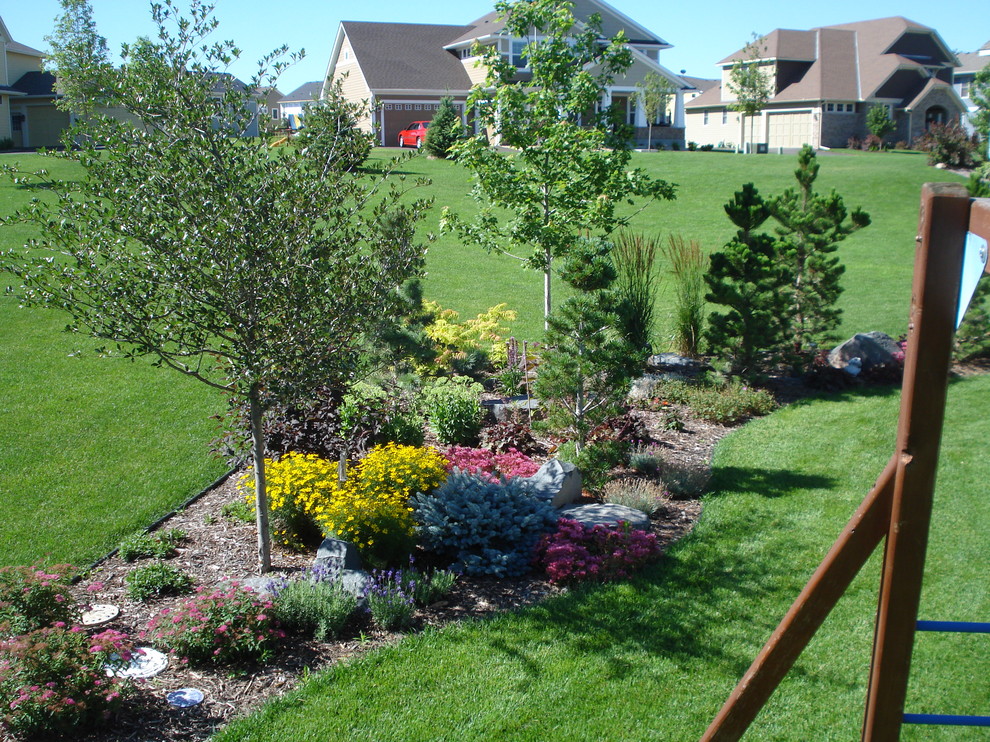
Planting strategically is one of the best recipes for success when it comes to landscaping. Breaking up your yard with planting beds adds visual interest and minimizes the need for lawn irrigation and mowing. Make sure to place the plants that require lots of sunshine and little water in south-facing beds. Any beds facing north or shaded by your house should be planted with varieties that do well in partial shade and are low enough so they don’t block the view from your windows.
Water Wisely
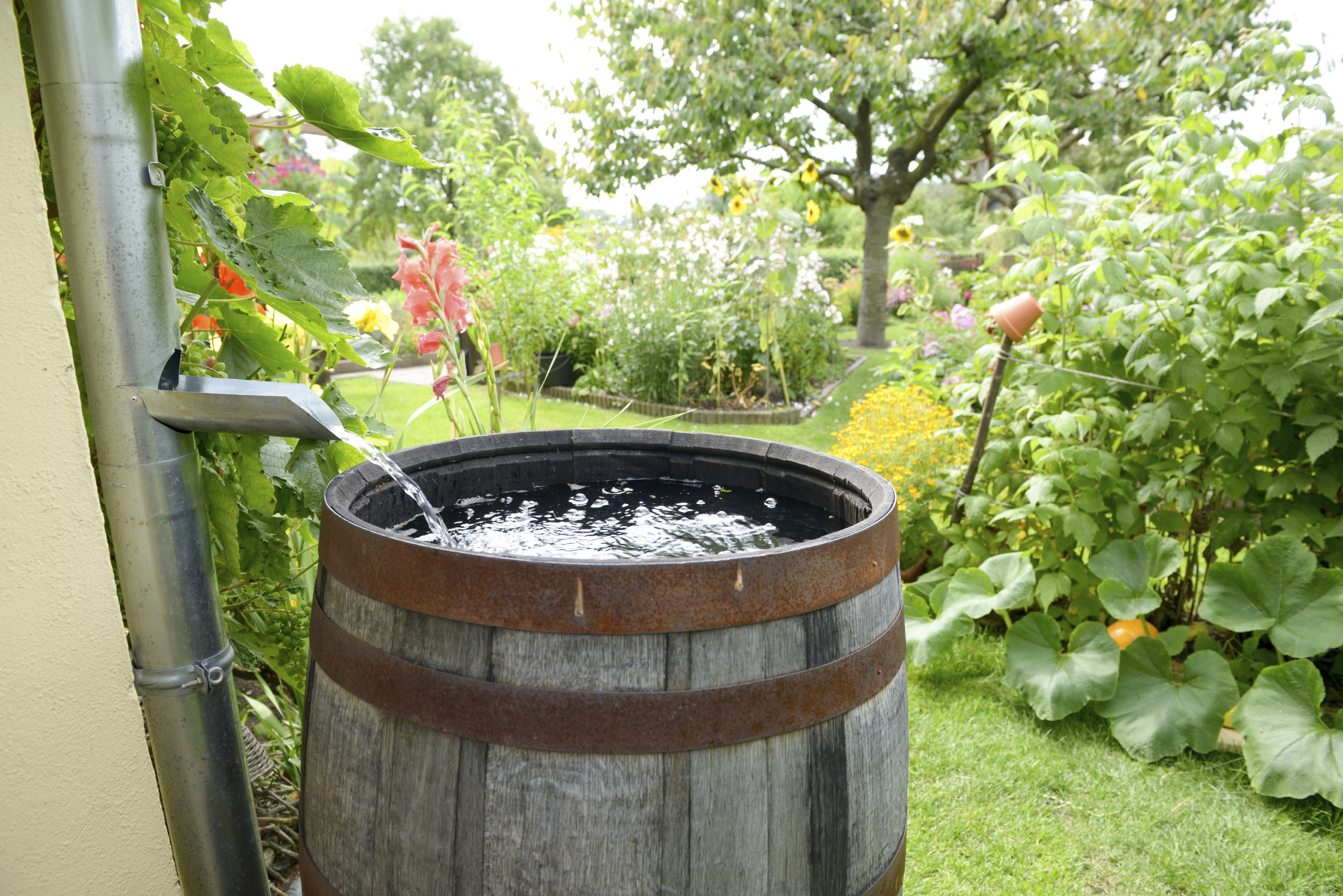
Most households use half of the water they consume on their landscapes. Fortunately, Palm Bay gets more than enough rainfall to support ornamental plants for all but the hottest, driest months of the year. Put barrels at the bottom of your downspouts to collect rainwater. When it gets a little dryer later in summer, you can then use this stored water to keep your lawn healthy. Using a rain sensor with your irrigation system can help restrict the irrigation to times when you really need it. Instead of watering lightly and often, soak the lawn every few days. Overwatering can lead to shallow root development and leave your lawn more susceptible to pests and disease. Following some basic irrigation guidelines will help you save money and protect our natural resources.
Fertilize “Just Right”
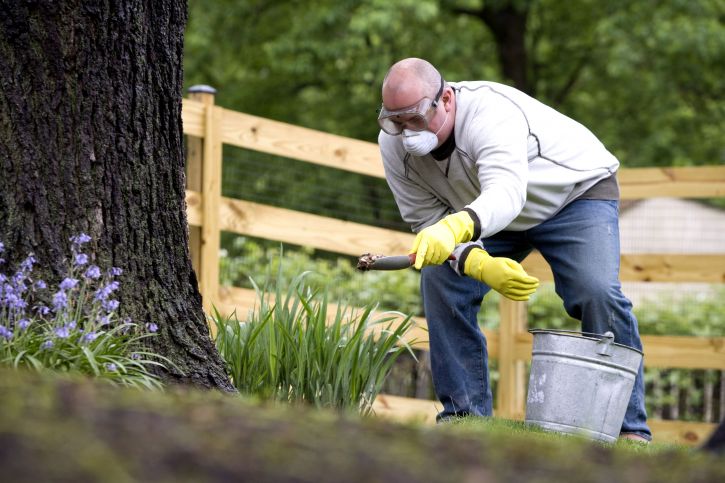
When it comes to fertilizing, there’s a delicate balance between too much and not enough. Fertilizers are best applied to lawns, plants, and trees for maintenance. Under-fertilizing can lead to patchy grass and weeds, but fertilizing excessively can contribute to pest problems and cause too much plant growth. Even worse, excess fertilizer ends up running off and polluting Florida’s waterways and groundwater. Using slow-release fertilizers in the recommended amounts can help prevent leaching. Keep a minimum buffer of 10-30 feet between fertilized areas and bodies of water. Avoid fertilizing before a heavy rain (or else you’ll be fertilizing rivers and lakes), and don’t use “weed and feed” products.
Mulch Your Beds
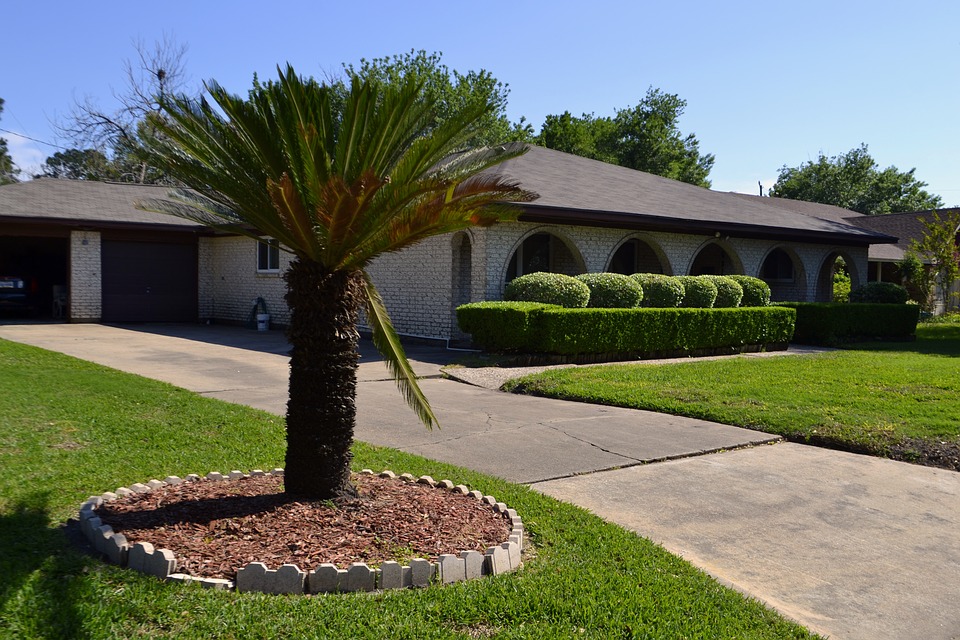
Adding mulch to your landscape is one of the simplest ways to prevent weed growth, conserve water, and give your beds a clean look. Mulch also helps the soil retain moisture and temperature. By adding organic material over time, mulch can reduce the need for chemical herbicides and weed control. Two to three inches of mulch is enough to provide these benefits and add aesthetic value. You’ll want to avoid mounding mulch around the trunks of shrubs and trees since too much can inhibit the oxygen exchange roots need. Note that different types of mulch are available in different colors and textures depending on your preferences. Pine needles can add acidity for acid-loving plants. Grass clippings or chopped leaves work as well, although your lawn probably needs the grass clippings more. Sterilized melaleuca mulch is made from an invasive Florida tree– a great alternative to cypress mulch which is sometimes gathered from wetlands.
Welcome Wildlife
While utilizing the above tips will certainly make your landscape more wildlife-friendly, you might want to consider ways to attract butterflies, birds, and beneficial insects to your yard. The easiest way to do this is by choosing some ornamental plants that provide seeds, flowers, and fruits. A small water feature such as a pond or birdbath will attract birds and bees, especially in hot, dry months.
It doesn’t take much effort to make your landscape more eco-friendly. In addition to saving the environment, you’ll be saving time and money.
Need help tending to your lawn? Talk to a Palm Bay landscaping expert if you need help selecting plants or trees for your landscape.